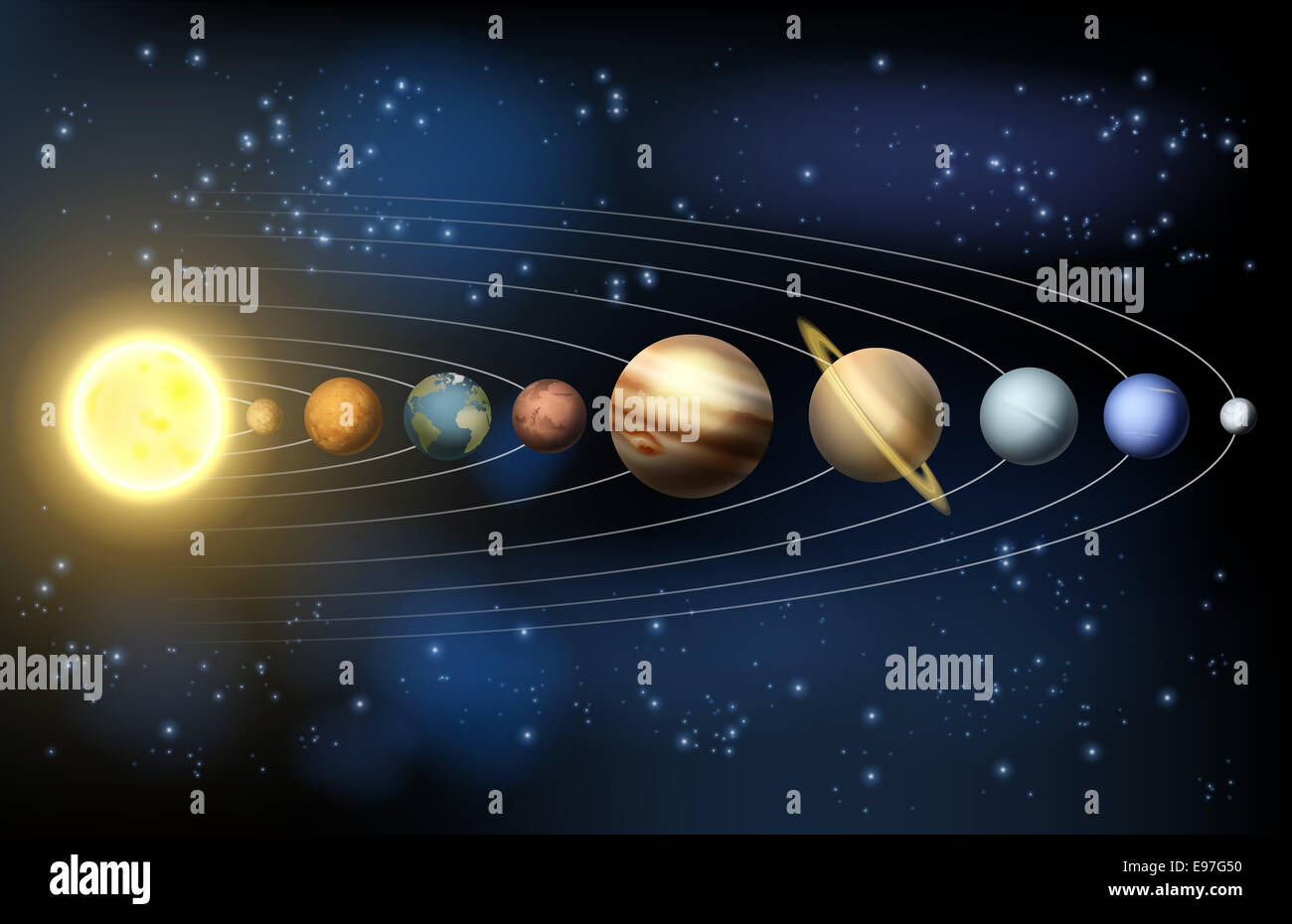

It also has a number of Trojan Objects occupying its L4 and L5 Lagrange points. This is evidenced by its retrograde motion, meaning it orbits the planet in the opposite direction as its other satellites. Neptune’s largest satellite, Triton, is believed to have once been a Kuiper Belt Object (KBO) – and Trans-Neptunian Object (TNO) – that was captured by Neptune’s gravity. Many of these then travel to the Inner Solar System, where they become comets with extremely long orbital periods. On occasion, Neptune’s gravity also causes icy bodies to be kicked out of the Kuiper Belt. The over 200 known objects that exist in the 2:3 resonance (the most populous) are known as plutinos, since Pluto is the largest of them.Īlthough Pluto crosses Neptune’s orbit on a regular basis, their 2:3 orbital resonance ensures they can never collide. Within these gaps, objects have a 1:2, 2:3 or 3:4 resonance with Neptune, meaning they complete one orbit of the Sun for every two completed by Neptune, two for every three, or three for every four. This has led to the creation of gaps in the belt, empty regions where objects have achieved an orbital resonance with Neptune. So much as Jupiter’s gravity has dominated the Asteroid Belt, affecting its structure and occasionally kicking asteroids and planetoids into the inner Solar System, Neptune’s gravity dominates the Kuiper Belt. This region, which is similar (but significantly larger) than the Main Asteroid Belt, consists of many small icy worlds and objects that extends from Neptune’s orbit (at 30 AU) to a distance of about 55 AU from the Sun.Īnimated diagram showing the spacing of the Solar Systems planet’s, the unusually closely spaced orbits of six of the most distant KBOs, and the possible “Planet 9”. Orbital Resonance:īecause of its location in the outer Solar System, Neptune’s orbit has a profound impact on the neighboring Kuiper Belt.

This orbital period will be complete by 2179. That means that since its discovery, the planet has only completed a single orbital period (which ended in 2010) and is only seven years into its second. Given that Neptune was discovered in 1846, humanity has only known about its existence for 171 years (at the time of this article’s writing). However, given its rotational period of 0.6713 Earth days (16 hours 6 minutes 36 seconds), a year on Neptune works out to 89,666 Neptunian solar days. This means, in effect, that a year on Neptune lasts as long as about 165 years here on Earth. With an average orbital speed of 5.43 km/s, it takes Neptune 164.8 Earth years ( 60,182 Earth days) to complete a single orbital period.

The orbit of Neptune and the other outer Solar planets, as well as the ice-rich Kuiper Belt that lies just beyond it.

Because of its orbital eccentricity (0.009456), this distance varies somewhat, ranging from 4,460 million km (2,771 million mi 29.81 AU) at its closest (perihelion) to 4,540 million km (2,821 million mi 30.33 AU) at its farthest (aphelion). Neptune orbits our Sun at an average distance (semi-major axis) of 4,504.45 million km (2,798.656 million mi 30.11 AU). Combined with its extreme axial tilt, this also means that Neptune experiences some rather extreme seasonal changes. As a result, a year on Neptune is very long, lasting the equivalent of almost 165 Earth years. As the eight and farthest planet from the Sun, Neptune has an extremely wide orbit and a comparatively slow orbital velocity. And when it comes to the other planets in our Solar System, much the same is true.Ĭonsider Neptune. This is the product of our orbital period, our rotational period, and our axial tilt. During the course of a single year, our planet goes through some rather pronounced seasonal changes. Here on Earth, a year lasts roughly 365.25 days, each of which lasts 24 hours long.


 0 kommentar(er)
0 kommentar(er)
